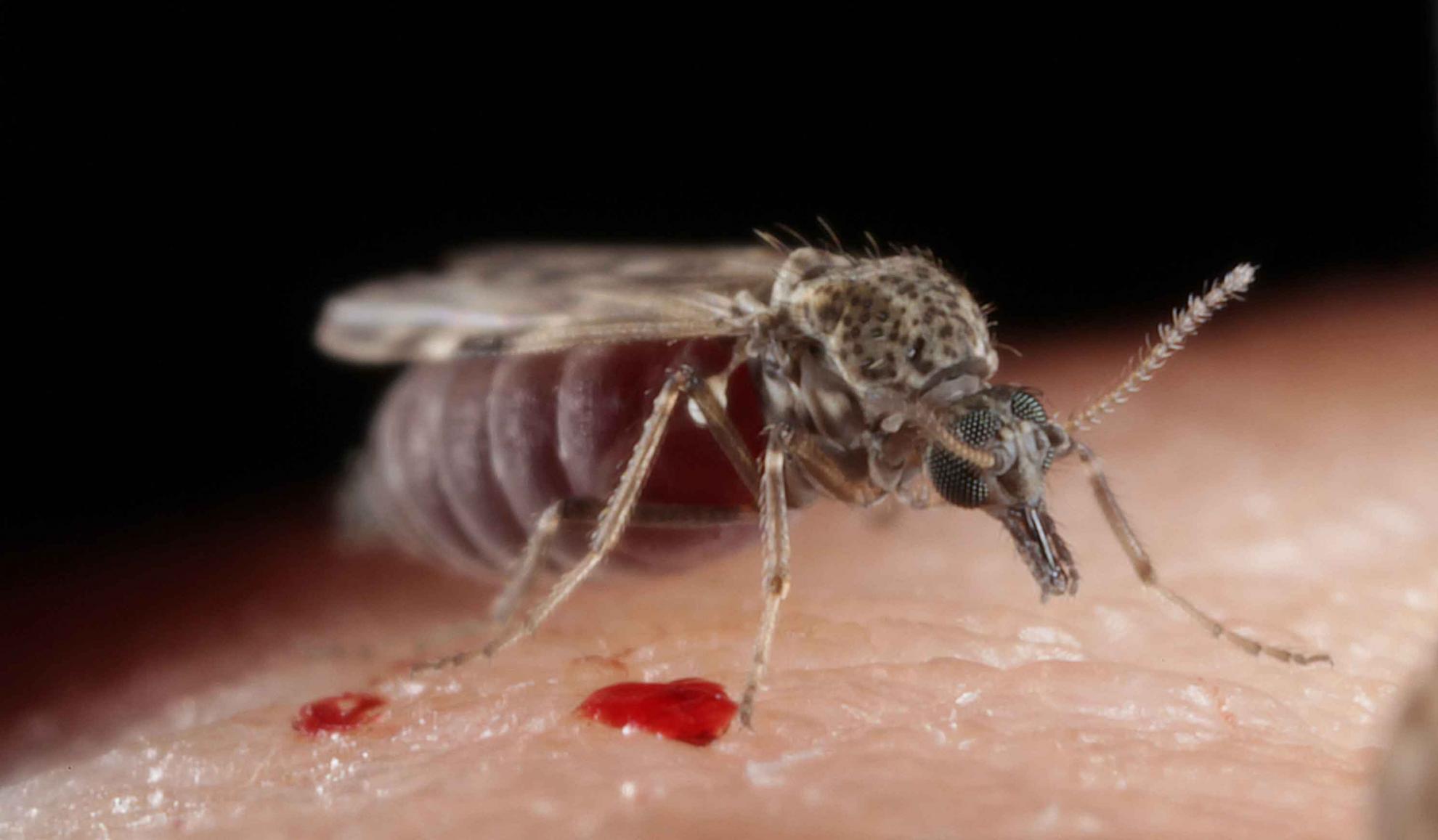Assessment of an immunomarking technique for the study of dispersal of Culicoides biting midges
Capturemarkrecapture techniques are used to determine the dispersal and survival of arthropods, including vector groups such as Culicoides. An assumption of these studies is that capture and the subsequent marking process does not impact of the survival and behaviour of the marked individual. The small size of Culicoides means that a significant mortality and disruption of normal behaviour such as host-location can be caused by the process of collection. Here we evaluate a technique, novel to the study of dispersal in vectors, to mark Culicoides directly and indirectly without prior capture. The acquisition and subsequent detection of marker protein by Culicoides exposed to a treated substrate was investigated in the laboratory. The technique was then assessed in a small-scale field trial where a defined section of resting habitat was sprayed with an egg white solution and Culicoides caught within the vicinity were tested for the presence of egg protein. It was found that up to 100% of Culicoides acquired the protein marker in the laboratory with no apparent impact on survival. In the field, pools of Culicoides obsoletus collected next to the treated area were found to be positive for the protein, suggesting that the technique could be used in larger-scale studies. The definition of a behaviourally non-invasive technique for marking Culicoides will greatly increase our understanding of the natural dispersal behaviour of Culicoides and other vectors
Back to publications
Publication
Contributors
Sanders C J, Carpenter S
Year
2014
Journal
Infection, Genetics and Evolution
Volume
28
Pages
583-587
Altmetric details
Associated groups
